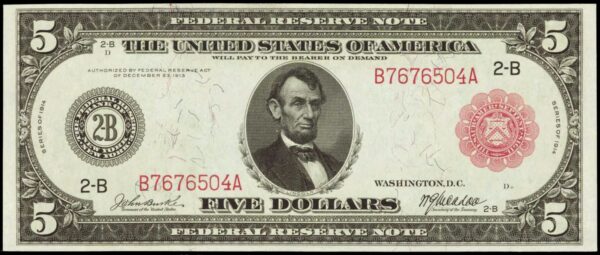 What makes one wine better (and more expensive) than another? It’s not the easiest question to answer, but it helps to understand that there are really only a handful of factors that can be relied on to produce quality in wine. It probably won’t surprise you to learn that each of them means extra expense for the winemaker. For the sake of brevity, let’s look at just four.
What makes one wine better (and more expensive) than another? It’s not the easiest question to answer, but it helps to understand that there are really only a handful of factors that can be relied on to produce quality in wine. It probably won’t surprise you to learn that each of them means extra expense for the winemaker. For the sake of brevity, let’s look at just four.
Vineyard character. Wine grapes don’t thrive everywhere, and wherever they can be induced to put down roots it’s a fact of life that some plots of ground will reliably produce more wine-worthy grapes than others. In prestige appellations, the cost of proven vineyard acreage can be very high indeed. The need to achieve a return commensurate with its value legitimately raises the price of wine.
Competition for fruit. In places where there is a tradition of making wine with purchased grapes, the price per ton of fruit varies wildly. For example, E & J Gallo source most of their grapes from California’s Central Valley, where they may pay growers as little as $350 per ton. Meanwhile, Napa Valley Cabernet Sauvignon fruit sells for an average of around $5,000 per ton, with top sites fetching more than $20,000 per ton. That difference in base material cost is, of course, factored in to the price of the finished wine.Low yields. You might think that the best way to make money from an acre of vineyard would be to wring as much fruit from it as possible. But this doesn’t work with wine grapes since quantity and quality are inversely related. For this reason, appellation rules typically put an upper limit on the amount of juice that can be extracted from each acre. Generally, the more prestigious the designation, the lower the permitted yield. The combination of increased labor and diminished fruit production naturally translates to more costly wine.
An artisanal approach. Commercial-scale wine production is capital-intensive, risk-averse, and fiercely competitive —sharply focused on doing things as quickly and cheaply as possible. As an essentially industrial process, it is dependent on other industrial processes to be productive; thus, it prefers machine labor to human labor and looks to chemical additives as a means of maintaining soil productivity and compensating for cheap, low-quality fruit. To succeed, it must achieve scale; to leverage that scale it must aim at a mass market. Compare artisanal wine-making to this sketch and you will find it at odds with it in every respect. Dedication to satisfying a relatively small number of consumers with wine issuing from a facility operating more as a workshop than a factory, made with real care and reflecting the personality of a craftsman means that the economies of scale achievable by other means are almost never within reach.
In the end, we may never know why a particular estate sets the price it does for a given wine, and it’s the rare consumer who can make the pursuit of quality at any cost her mission. But it’s useful to know that every step taken by a grape grower or vintner that is the result of a legitimate effort to build quality — and not just drama — into wine has a legitimate price tag attached to it. In light of it, it seems to us, your wine buying mission becomes very clear and very simple:To buy all the quality you feel comfortable paying for.
-Stephen Meuse
This week in the wine corner . . .
THURSDAY, JANUARY 10 3-6 PM – LEGITIMATE OFFSPRING
2016 Domaine de Fenouillet Côtes du Ventoux Rouge, $14.95
2017 Château Massiac “Sentinelle” Minervois, $13.95
FRIDAY, JANUARY 11 3-6 PM – CAUTION: LOW YIELDS AHEAD
2014 La Vignereuse “A la Santé des Mécréants” Gaillac, $23.95
2016 Les Têtes “Lomer” Bordeaux Supérieur, $18.95